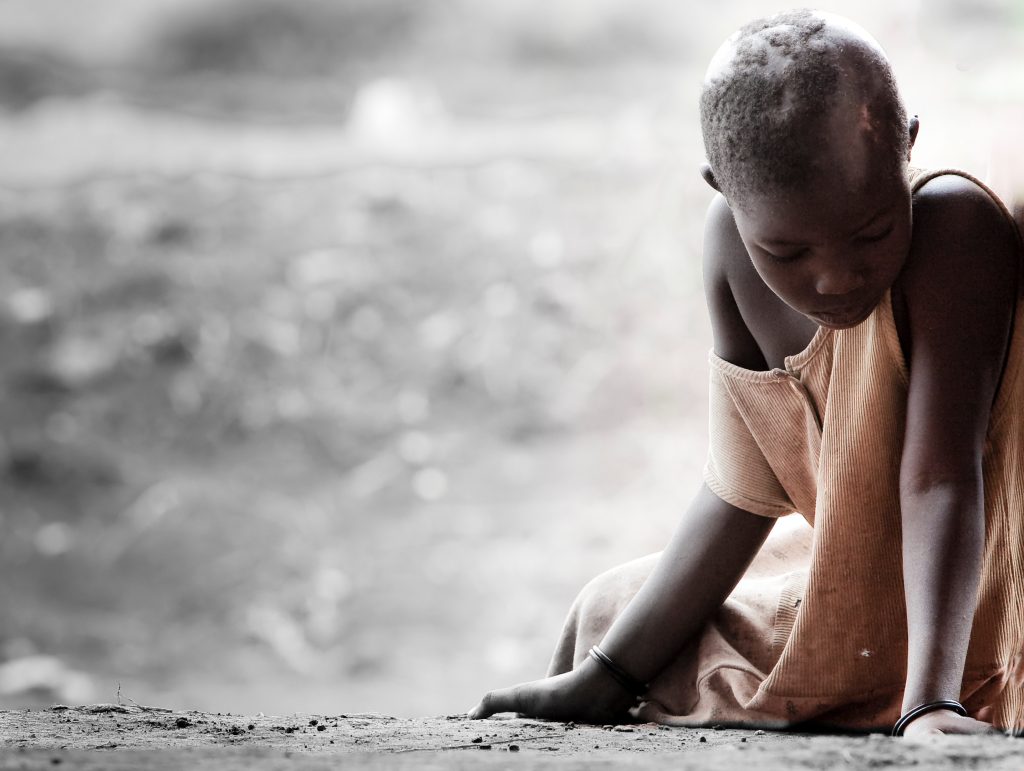A recent report by the Kenya National Bureau of Statistics (KNBS) paints a sobering picture of poverty levels in Kenya. It shows that 33.2% of urban residents spend less than KSh 8,000 per month, while 42.9% of rural dwellers live on less than KSh 4,300 per month. Together, this contributes to an overall poverty rate of 39.8%, highlighting that over 20 million Kenyans struggle to meet basic needs.
Food Poverty Across Kenya
Approximately 16 million Kenyans face challenges affording food, with 33.2% of rural households unable to spend above KSh 2,600 per month on food and 28.6% of urban households unable to afford more than KSh 3,500 per month.
- Extreme poverty affects around 400,000 urban residents, while in rural areas, this figure climbs to 3.2 million people.
- The hardcore poverty rate, indicating individuals unable to afford the minimum food basket, stood at 7.1% in 2022, representing 3.6 million people.
Food poverty is particularly severe in arid and semi-arid counties due to prolonged drought and failed harvests. Counties like Turkana (64.3%), Mandera (60.4%), Samburu (56.7%), and Marsabit (54.4%) reported the highest levels of food poverty.
Regional Disparities in Poverty
Some counties, such as Garissa (51.2%), West Pokot (49.3%), and Kilifi (46.3%), saw food poverty levels where more than four out of ten people were affected.
In urban centers, Nairobi, despite having the lowest overall poverty rate (15.8%), still had a notable percentage of food-insecure residents (4.6%) due to its large population.
Counties with the highest poverty rates include Turkana, Mandera, Samburu, Tana River, Marsabit, and Wajir, while Nairobi, Kiambu, Kirinyaga, Embu, Nyeri, and Narok reported the lowest.

Demographics of Poverty
- Female-headed households have higher poverty rates (35.3%) compared to male-headed households (32.6%).
- Households led by older individuals face increased poverty risks, with the poverty rate climbing from 23.4% for household heads aged 20–29 to 46% for those aged 70 and above.
Education and Household Size Impact
Education plays a critical role in poverty reduction. Over 50% of poor households are led by individuals with only primary education, compared to just 1% of households headed by those with tertiary education.
Larger households are more prone to poverty, with urban households of seven or more members being significantly poorer than those with fewer members.
- Two out of five Kenyan children live in absolute poverty, with Turkana recording the highest child poverty rate (81%) and Kiambu the lowest (19%).
The KNBS report underscores the need for targeted interventions to address the economic and social factors driving poverty, particularly in marginalized regions and vulnerable households.

















+ There are no comments
Add yours